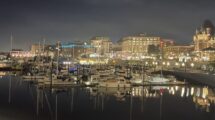By Ann-Maureen Owens
Rome, The Eternal City, is wonderful to visit at any time of year. With no real off-season, Rome can absorb the crowds that flock to see its ancient ruins, Renaissance palaces, Baroque basilicas, and world-famous artworks. This year, with the Catholic Church’s Jubilee Year in full swing, Rome has scrubbed up its fountains, introduced more pedestrian areas and never looked better. These improvements will last well past 2025.
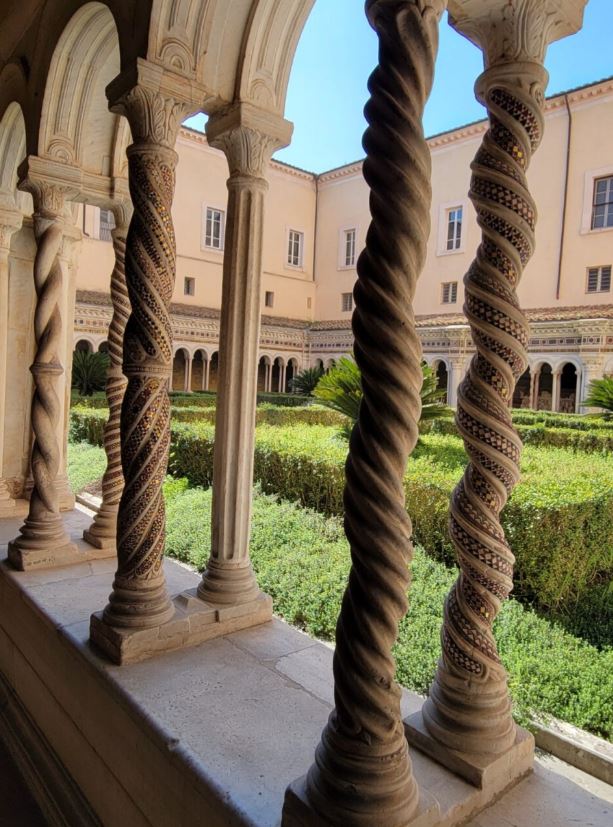
We visited this past February, with Carnival confetti littering the streets and outdoor tables filling up at aperitivo time. We had planned a Vatican day, plus an ancient Rome day, and bought online tickets to a Six Nations Rugby game at the Olympic Stadium, but left the rest of our time free to wander and discover more of the city.
At the Vatican, we passed through security gates into St Peter’s Square to enter the Basilica through the bronze “Holy Door” that is only opened every 25 years for Jubilee celebrations, with special blessings for pilgrims. The light-filled Baroque interior, with Michelangelo’s Pieta and Bernini’s Baldacchino, can accommodate thousands of visitors. We were impressed by a large, modern addition outside in the square— a bronze boat with 140 figures called Angels Unaware by Canadian sculptor Timothy P. Schmalz. In 2019 the late Pope Francis dedicated it to migrants and refugees.
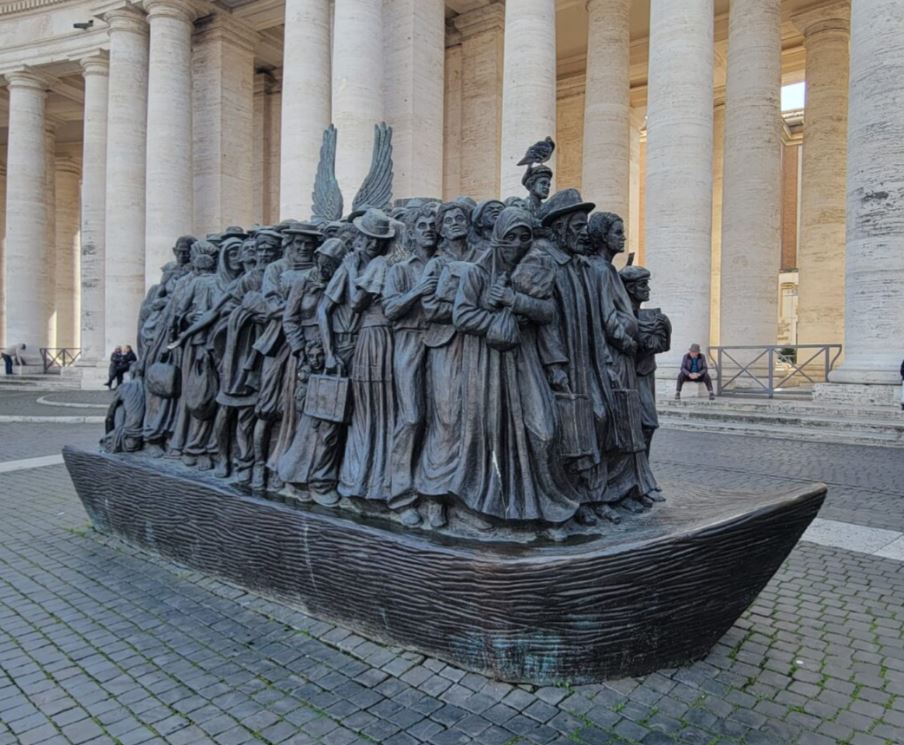
Our timed ticket to the Colosseum included admission (within 24 hours either before or after) to the Roman Forum and the Palatine Hill. We had to show photo ID here and at many sites that have security measures in place. Views from the Palatine Hill of the Colosseum and the Circus Maximus are worth the modest climb. There are ancient ruins throughout Rome from the Baths of Caracala to Largo di Torre Argentina, site of Julius Caesar’s murder and now home to feral cats.
Other experiences I can recommend are: gazing up at the Pantheon’s impressive dome, viewing Rome’s skyline from Castel Sant’Angelo, investigating San Clemente’s architectural layers (2BCE-15CE), visiting the small Keats-Shelley museum at the base of the Spanish Steps, seeing treasures in the Capitoline Museums, walking in the gardens of Villa Borghese and enjoying an al fresco lunch, browsing the endless tempting shops, attending a concert in Sant’Agnese in Agone church on the Piazza Navona, viewing an illuminated Trevi fountain at night and visiting the other breathtaking “Holy Door” basilicas: San Giovanni in Laterano, Santa Maria Maggiore and San Paolo fuori Mura.
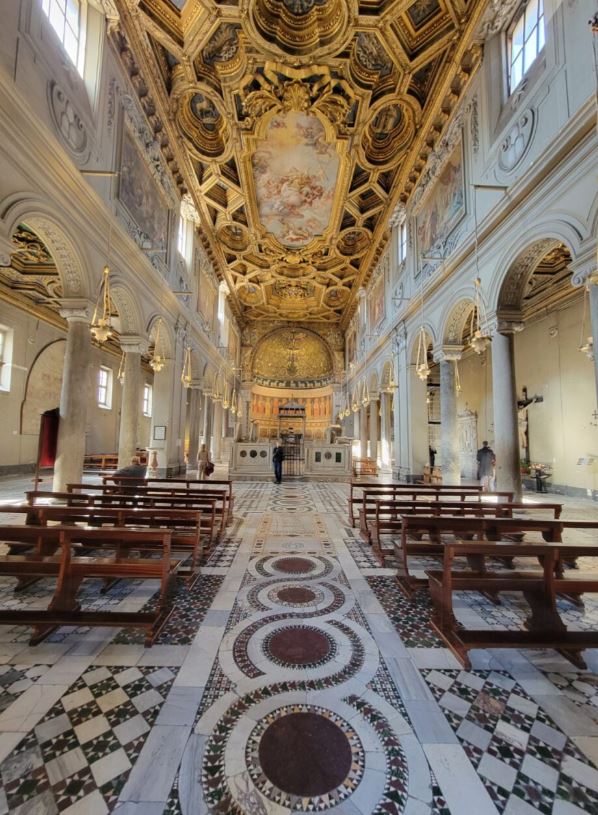
To enjoy delicious Italian food and wines, we checked restaurant reviews online and ventured outside the tourist areas to find authentic Roman cuisine, often in the San Giovanni neighbourhood where we stayed. We lingered over many coffees, pastries, gelatos, and drinks in any lane or piazza that offered enjoyable ambiance or people-watching opportunities. After dinner, jazz or other live music entertained us in a few bars.
Wear good walking shoes because the best way to experience Rome is on foot. Compared to Paris or London, Rome’s historic centre is fairly compact. We also enjoyed wandering around neighbourhoods like Trastevere, the Jewish Ghetto, and the Celio and Monti areas. If we felt tired, there was always a church pew surrounded by artwork, a piazza café or a park bench for a rest. We refilled our water bottles at public drinking fountains (nasoni) dotted around the city.
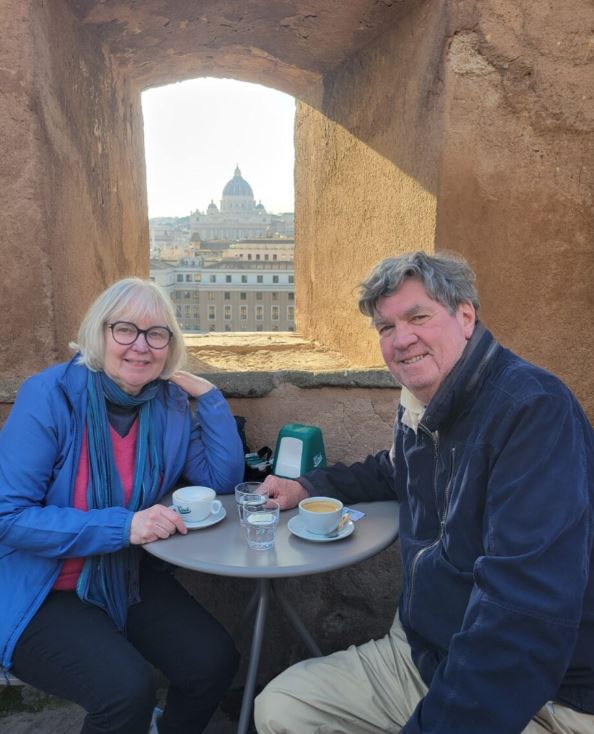
Public transit is inexpensive and plentiful. We downloaded the MOOVIT phone app to be guided from one place to another, with choices for bus, tram and metro routes in real time. Tickets and multi-day passes are available from metro stations, tourist kiosks and tobacconists (look for the green T). Single use tickets cost €1.50 for 100 minutes from the time they are validated across all transport. A validated ticket or pass is necessary to avoid fines from inspectors. Rome is fairly safe but keep your valuables hidden from pickpockets in crowded areas, especially on the metro or at Termini train station.
Buying an Italian SIM card or subscribing to an e-SIM plan before your trip will let you make reservations (necessary for many restaurants), check opening hours and use apps (such as MOOVIT) on the go.
We didn’t want to over-schedule but ordered tickets well in advance for the most popular attractions, such as the Colosseum, Vatican Museums and Sistine Chapel. We booked directly on official websites, instead of pricier third-party tours, to be assured admission and skip long ticket lines. However, we neglected to do this for the smaller Borghese Gallery and missed seeing some of Bernini’s best sculptures. Still, we didn’t feel deprived of Rome’s many glories. The Eternal City has charmed visitors for centuries and that continues today.




